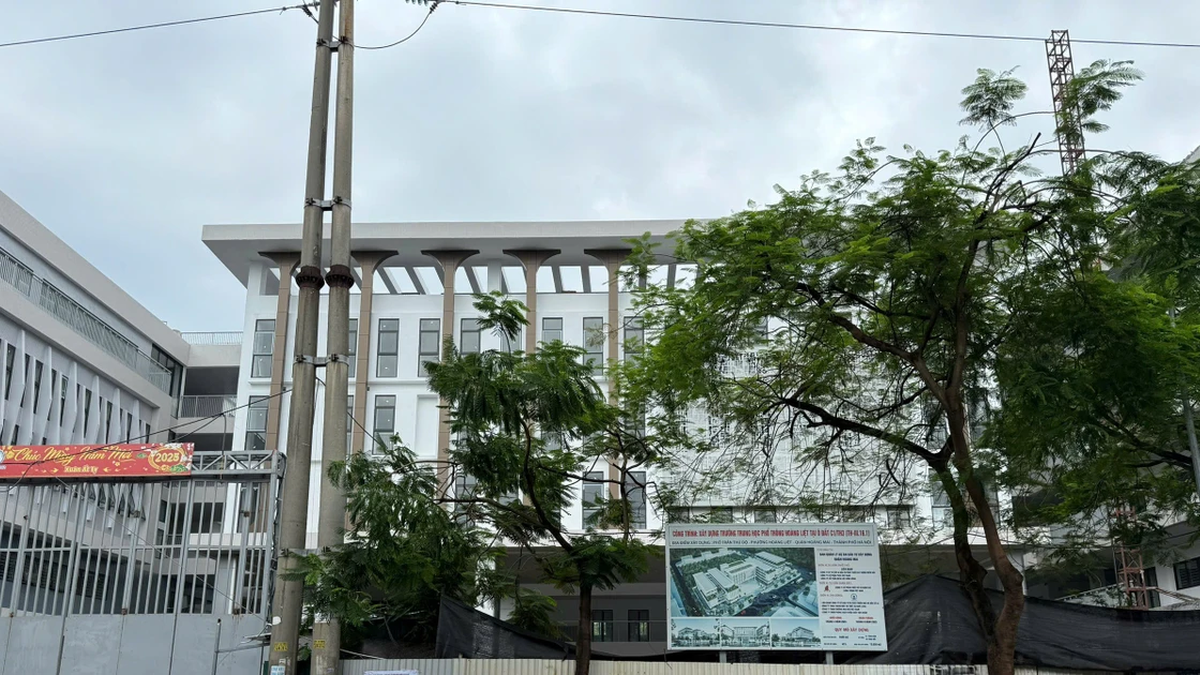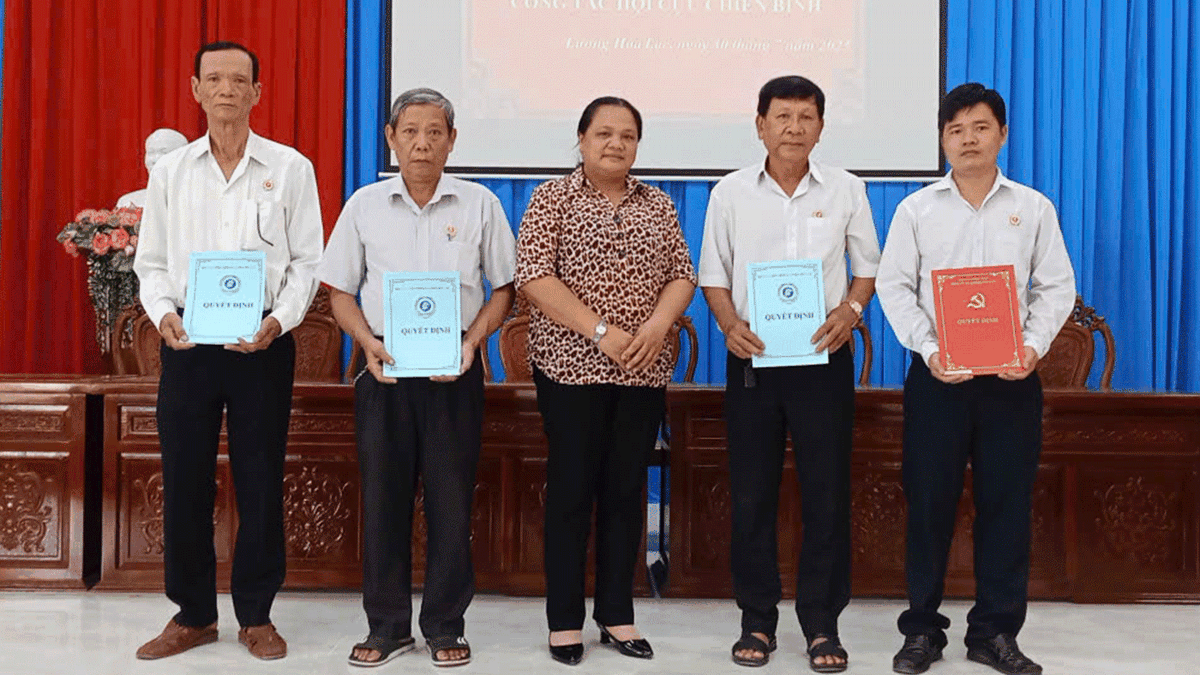Heart failure progresses silently, is difficult to treat and lasts a long time, creating a burden on the health system, patients and their families.
Associate Professor, Dr. Pham Nguyen Vinh, Vice President of the Vietnam Cardiovascular Association, said that heart failure is the result of many causes, leading to the heart being unable to pump blood or the heart being unable to hold blood, with common symptoms being shortness of breath, fatigue, rapid heart rate, arrhythmia, and dizziness.
It is estimated that there are currently millions of people in Vietnam suffering from heart failure. Treatment costs are huge, creating a burden for patients, their families and the health system.
One of the patients treated by Associate Professor Vinh is Mr. Hung, 63 years old, from Ben Tre , who suffers from arrhythmia and heart failure due to dilated cardiomyopathy in all four chambers of the heart. His blood pressure is often low, with occasional chest pain, fatigue and shortness of breath.
Mr. Hung was diagnosed with heart failure in 2018, with signs of angina and discovered by chance during a routine health check. To date, he has been hospitalized three times due to acute heart failure, each time for 10 days. Currently, every month he has to travel from Ben Tre to Ho Chi Minh City for a check-up to monitor his heart health and the effectiveness of his medication, costing about 8-12 million VND. In addition, his body has deteriorated, he eats and sleeps poorly, and he needs help from others with all heavy work.

Associate Professor, Dr. Pham Nguyen Vinh - Vice President of Vietnam Cardiovascular Association. Photo: My Y
"Heart failure is placing a huge economic burden on the region. In particular, lack of awareness of the disease and lack of early detection markers make treatment difficult," David Sim, senior consultant at the Department of Cardiology, National Heart Centre, Singapore, told the press at the Asia- Pacific Heart Conference (APSC) on July 15.
According to the Asia-Pacific Society of Cardiology, between 1990 and 2019, the mortality rate due to cardiovascular disease in the Asia-Pacific region increased from 23% to 35%. Asia bears a heavy burden of cardiovascular disease deaths, accounting for 58% of deaths globally. Heart failure is one of the leading causes of death.
The mortality rate within five years of diagnosis of heart failure is 50%, much higher than many cancers, said Mr Sim. Patients in Asia-Pacific with heart failure spend between 5 and 12.5 days in hospital, and up to 15% of patients are readmitted within 30 days. About 13.3 million people live with heart failure across the region. The estimated cost in Asia-Pacific from heart failure hospitalizations alone is US$48 billion.
The Asia-Pacific region’s rapidly ageing population, combined with increased risk of heart failure due to lifestyle factors such as obesity, hypertension and diabetes, are driving the rise in the prevalence of heart failure in the region.
“Heart failure is therefore a growing silent health problem in Asia-Pacific that needs to be more widely recognised,” said Mr Sim.

Mr David Sim, Senior Consultant, Department of Cardiology, National Heart Centre, Singapore, examines a patient with heart failure. Photo: APSC
Currently, in the region, the diagnosis of heart failure is often based on clinical signs and symptoms, possibly due to limited access to imaging techniques and cardiovascular biomarker testing. In 50% of cases, patients may be misdiagnosed, leading to negative impacts, such as inappropriate care or treatment, placing a burden and increasing costs on the health care system.
Therefore, according to the Asia-Pacific Society of Cardiology, the future of good heart failure management in the Asia-Pacific region requires improvements in awareness, diagnosis and treatment.
According to Associate Professor Vinh, Vietnam has standardized the diagnosis of heart failure syndrome. Currently, most provinces can diagnose early and treat relatively correctly thanks to the Vietnam Cardiology Association and continuous training programs from the University. Associate Professor Vinh also said that thanks to advances in paraclinical medicine, doctors have diagnostic tools such as echocardiography, electrocardiogram, chest x-ray and biological markers to help diagnose and differentiate heart failure. However, people's awareness of the disease is still insufficient and needs to be improved.
Heart failure is common in the elderly, however, infants can also have heart failure due to congenital heart disease. In addition, some people are at high risk of heart failure such as high blood pressure, smoking, lack of exercise... "Therefore, to prevent the disease, it is necessary to maintain a healthy lifestyle, exercise regularly, and monitor health periodically for early diagnosis and treatment," Associate Professor, Dr. Vinh recommended.
American Italy
*Character names have been changed
Source link
























































![[Maritime News] Container shipping faces overcapacity that will last until 2028](https://vphoto.vietnam.vn/thumb/402x226/vietnam/resource/IMAGE/2025/7/30/6d35cbc6b0f643fd97f8aa2e9bc87aea)













































Comment (0)